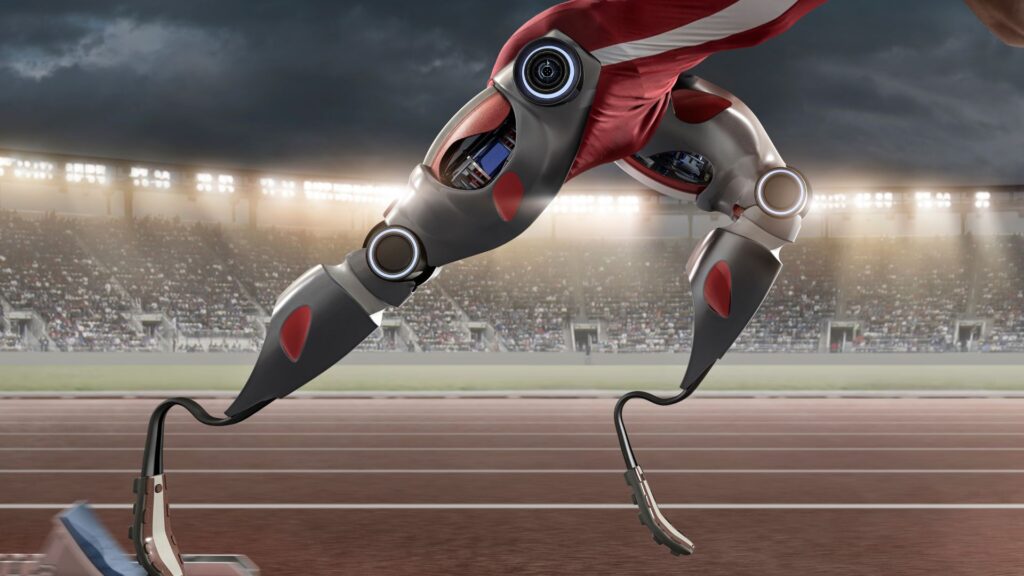Japanese scientists have recently unveiled a groundbreaking development in robotics: a two-legged robot powered by muscle tissue. This innovative creation marks a significant advancement in the field of biomechanics and robotics, merging biological and mechanical components to achieve locomotion.
The concept behind this remarkable robot involves harnessing the power of muscle tissue to drive its movement. By integrating living muscle cells into the structure of the robot, researchers have enabled it to mimic the complex and efficient motion of biological organisms.
This approach represents a departure from traditional robotic designs that rely solely on mechanical components or electric motors for propulsion. Instead, the muscle-powered robot offers a more natural and biomimetic form of locomotion, closely resembling the way living organisms move.
The implications of this technology are vast and promising. Such muscle-powered robots could potentially be utilized in various applications, including search and rescue missions, environmental monitoring, and even space exploration. Their ability to navigate diverse and challenging terrains with agility and efficiency could revolutionize the capabilities of robotic systems in the future.
Moreover, the integration of living muscle tissue into robotic structures opens up new avenues for interdisciplinary research at the intersection of biology, engineering, and robotics. By leveraging biological principles, scientists may unlock novel solutions to longstanding challenges in robotics, such as energy efficiency, adaptability, and autonomy.
While the development of muscle-powered robots represents a significant milestone, it also raises ethical considerations regarding the use of living organisms in robotic systems. Researchers must carefully navigate these ethical concerns and ensure that the technology is deployed responsibly and ethically.
Overall, the unveiling of the muscle-powered, two-legged robot by Japanese scientists represents a remarkable achievement that underscores the potential of interdisciplinary collaboration and innovative thinking in advancing robotics. As research in this field continues to progress, we can expect to see further developments that push the boundaries of what is possible in robotics and biomechanics.











